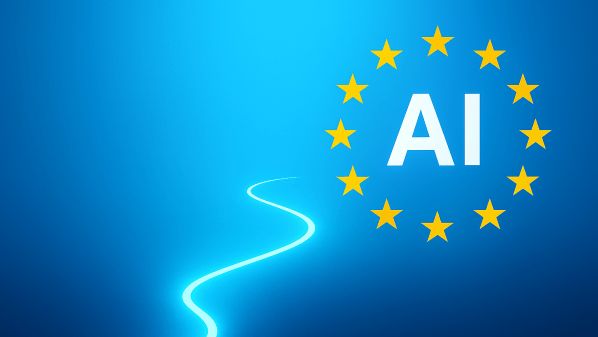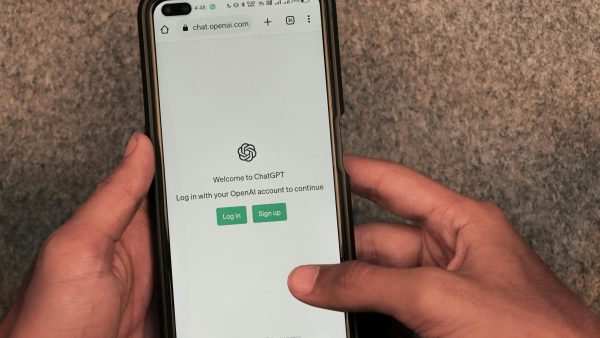ChatGPT has brought about a revolution in recent months since it was launched in November 2022. It’s a specific example of the uses and potential of artificial intelligence (AI) in our lives. Although AI exists in many fields with more advanced applications, this tool has opened a new door to the democratisation of these breakthroughs, which are set to lead to a true revolution in our societies. What it has demonstrated is that anyone can interact with it via a chat room as if it were a person in order to solve problems and resolve queries.
What is ChatGPT?
ChatGPT is a chat system equipped with artificial intelligence. Its aim is to resolve all the queries made by users, although it isn’t just a source of knowledge. This AI, developed by the OpenAI company, is capable of understanding what’s being asked of it to perfection and thus organising the information and providing it to users in a coherent manner. According to the data provided by GfK, more than two million Spaniards were using it in January, just a couple of months after its launch.
Examples: What can ChatGPT be used for?
The potential of ChatGPT is almost infinite. Thanks to its ongoing training, the options continue to increase on a daily basis, as it learns from what users ask it to do.
Some examples of what ChatGPT can be used for are listed below:
- Writing complex texts for academic, journalistic and informative purposes
- Translating texts from one language to another
- Creating programming code
- Writing books
- Composing songs
- Developing scripts
- Finding a list of hashtags for posts on social media
- Drafting professional emails
- Creating recipes and menus based on specific needs
- Revealing Excel formulas
- Creating a CV
- Helping with mathematical operations
- Offering tutorials to learn how to do something
- Providing recommendations on any subject (series, music, books, leisure plans, etc.)
- Creating tourist routes at a destination
Besides, the more specific the user’s requests are, the more refined its responses will be. For example, you can specify the register you want the message to be written in, its minimum length, whether any detailed information has to be included, whether there are any topics that need to be left out of the reply and any other information relevant to the interaction.
Evolution: from Chat GPT-3 to Chat GPT-4
ChatGPT isn’t entirely new, although it’s reached the general public only recently. It’s the language in which OpenAI’s intelligence communicates and there have already been several versions.
The most popular one was Chat GPT-3, which was equipped with 175 billion parameters. Chat GPT-3.5 is, to date, the most accessible version, as it’s available to anyone who wants to use it free of charge via OpenAI. Chat GPT-4 was launched on 14th March 2023 with an improved performance, more accurate results and the option of using it with search engines and virtual assistants. It’s the evolution of Chat GPT-3.
How to use Chat GPT-3
ChatGPT is available free of charge for anyone who wishes to have a conversation with an AI device and capitalise on the resources it has to offer. The first step is to go to OpenAI’s official website and sign up. Creating an account is essential if you wish to use this service. It’s free, although there’s also a paid option that provides access to the latest version of the artificial intelligence and priority of use in cases in which the network is overloaded. In any event, it’s an option for people who want to have these benefits.
After logging in you’ll access the chat, which consists of a dark grey screen and a bar for typing text. At this point the user can initiate a conversation and make requests. It’s important to highlight that all the conversations are recorded and that they can subsequently be used by OpenAI’s developers to continue with the training of this artificial intelligence. It’s advisable not to include any personal information, sensitive data that you don’t want to disclose or conversations that may be against the law.










